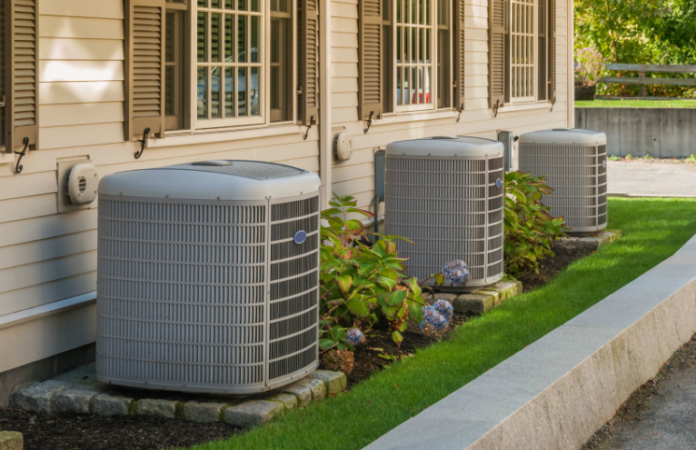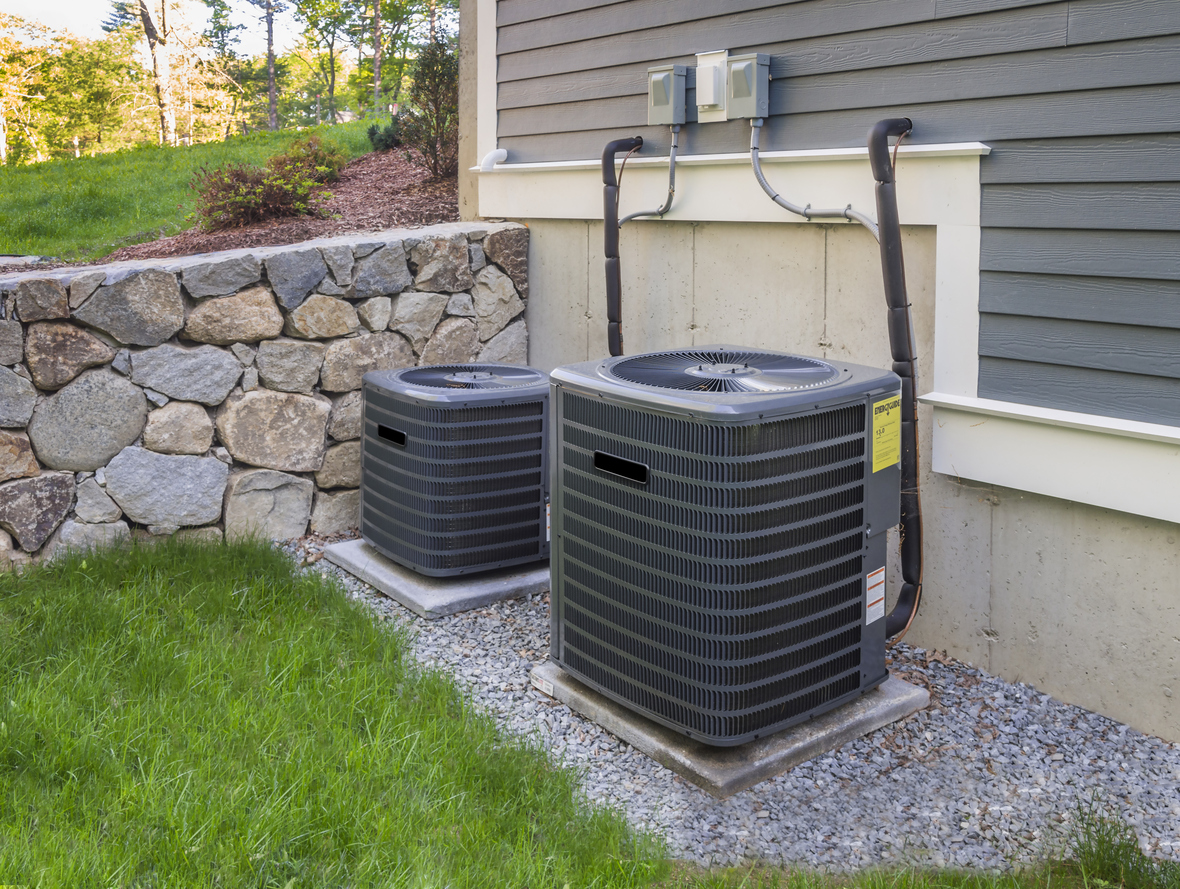Have you ever considered what a heating, ventilation, and air conditioning system is? While most of us take it for granted that our houses will remain cold or warm throughout the year, do you ever stop to consider how that happens? A heating, ventilation, and air conditioning (HVAC) system is a mechanical device that provides comfort and temperature control in buildings and other enclosed areas. HVAC systems are meant to maintain a comfortable temperature and an acceptable level of indoor air quality. HVAC systems often include a furnace, blower, ductwork, valves, filters, humidifier, fan coil unit, etc. HVAC systems are complex and require the expertise of a professional like SureTech HVAC contractors for installation and maintenance.
An HVAC system is an important investment for your home. It provides comfort in the winter and summer months. However, not all HVAC systems are made equally. Some are more efficient than others, and some will require more maintenance than others. Before deciding which HVAC system to purchase, you want to know how they work and what to look for in a new system.
How Does Your Current Heating and Air System Work?
There are two main heating and cooling methods involving electric power or gas combustion. These systems can heat or cool water for radiant floor heating, warm the air for forced air heating, or provide hot water for baseboard radiators or steam radiators. A boiler is used to make steam or hot water for hydronic radiant floor heating. Electric systems use resistive elements (such as coils) to convert electricity into heat energy. Gas-powered heating systems use natural gas, propane, or fuel oil as a combustion fuel source to warm air for forced-air distribution in buildings.
An HVAC system uses an air conditioning unit’s refrigeration cycle to cool a building to extract heat from indoor air and distribute it outside. The condenser coil releases this heat into outdoor air as the refrigerant returns to liquid form. It’s important to understand how your current heating and air conditioning unit works. While different systems use different components, similar elements are found in each unit.
As with most heating systems, furnaces use a forced-air system where heated air is blown through ducts and cooled through return ducts that pull the cool air back into the furnace. Furnaces are typically fueled by natural gas or electricity.
The HVAC system is made up of several components that are connected to create a working whole:
- Furnace filters clean out dust, mildew, and bacteria from the air circulated throughout your house.
- Heat exchangers -transfer heat from one place to another without mixing them. This process is called “heat exchange” or “heat transfer.” When two fluids come into contact at different temperatures, one fluid becomes warmer while another becomes cooler through conduction or convection. If you have central air conditioning, it uses a similar ductwork system as your furnace heating system but with one major difference: there is a compressor involved that uses refrigerant coils to provide cool air throughout your home.
- A thermostat- is a control device used to regulate the temperature in a building. The thermostat may control just the heating function or include cooling as well. The thermostat is usually located on the main floor or in the basement near the furnace filter or air handler return. The thermostat turns on and shuts off either a heating supply or a cooling supply source based on the temperature as determined by an analog or digital temperature sensing device. Thermostats can control heating and cooling systems that use forced warm air, hot water radiant heat, radiant steam heat, electric resistance heat, and geothermal heat pumps.
- Evaporator coil or blower– this is where the heat from indoors gets transferred to the refrigerant and removed from the home or office.
- Condenser- unit cools down and condenses the incoming refrigerant vapor into liquid, removing heat from the air.
An HVAC system is the heart of comfort for your home. It’s what makes those sweltering summer days and those chilly winter nights tolerable. And while it can be a bit overwhelming, it doesn’t have to be so: once you understand how an HVAC system works, you’ll have more control over your home’s temperature and make smarter decisions about your energy consumption. The HVAC system can be defined as either a mechanical device or a process. It is the equipment used in a building to control the atmosphere to be comfortable for people and effective for work. The HVAC system in your house may consist of ducts, cooling and heating units, filters, vaporizers, fans and other essential parts.



















